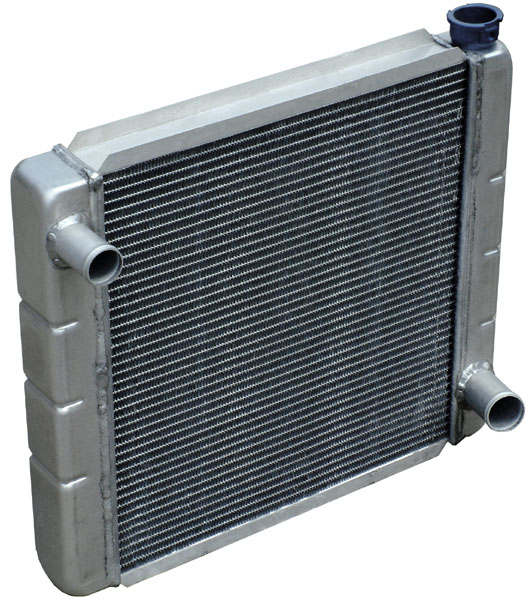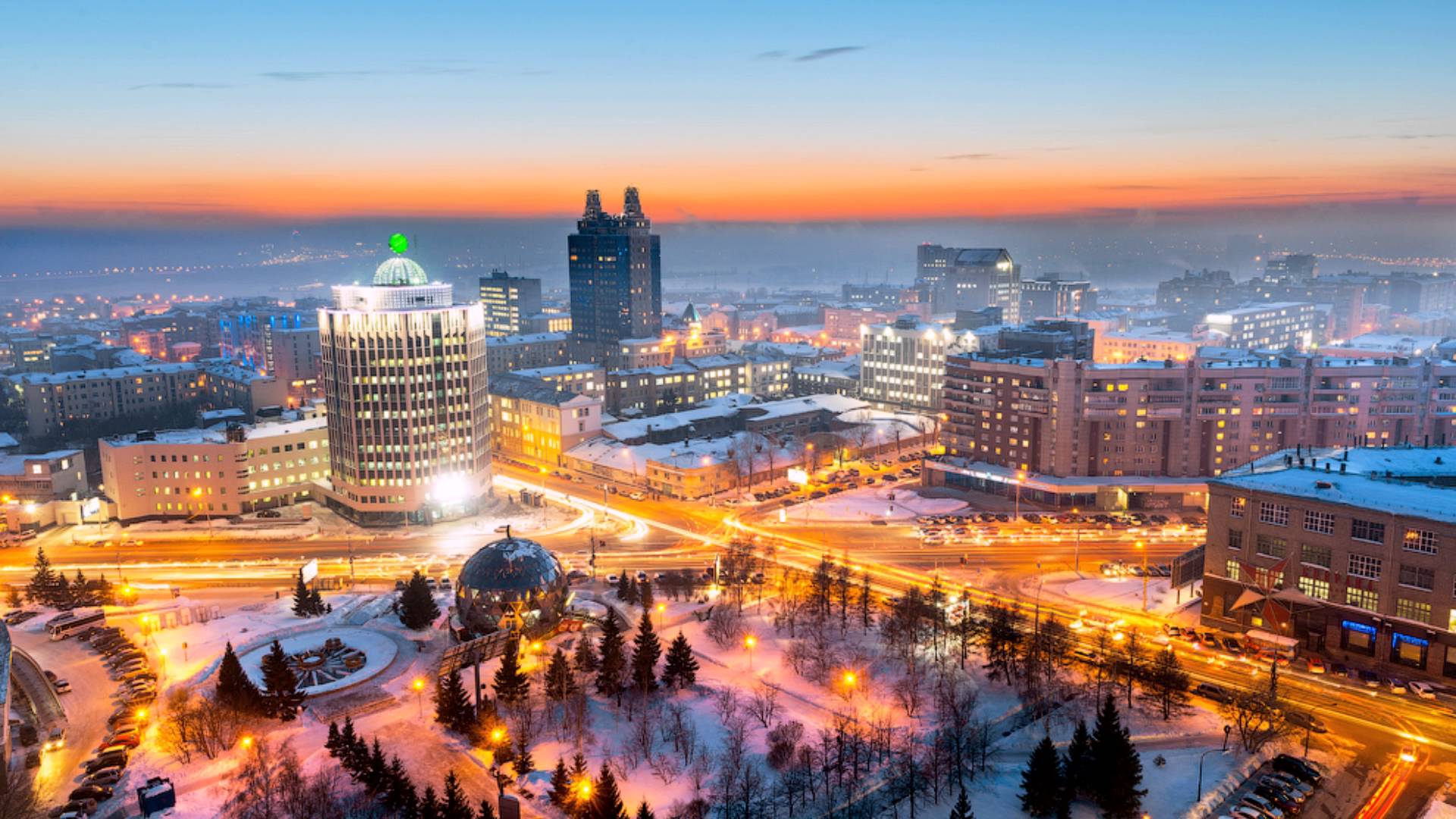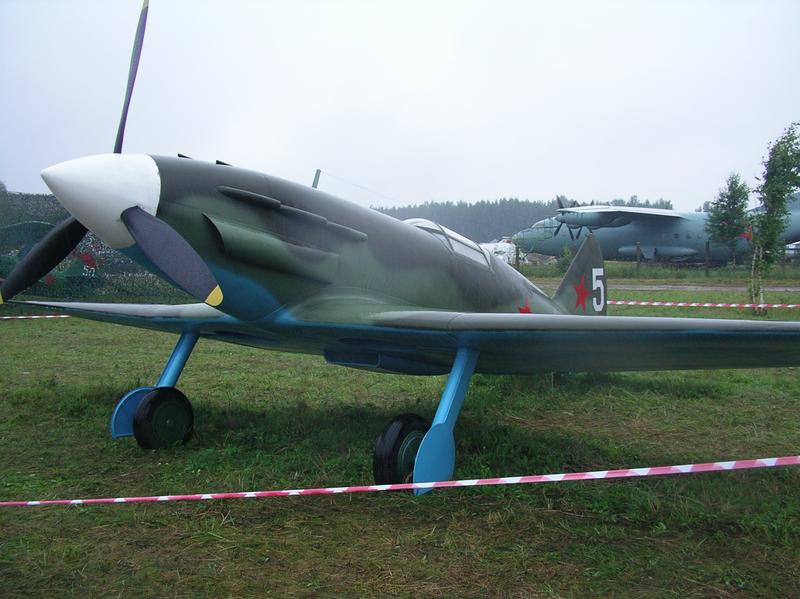|
Yakovlev Yak-7
The Yakovlev Yak-7 (russian: Яковлев Як-7) was developed from the earlier Yak-1 fighter, initially as a trainer but converted into a fighter. As both a fighter and later reverting to its original training role, the Yak-7 proved to be a capable aircraft and was well liked by air crews. The Yak-7 was simpler, tougher and generally better than the Yak-1.Taylor 1985, p. 122. Design and development In 1939, Alexander Yakovlev designed a tandem-seat advanced trainer, originally designated "I-27" and then "UTI-26", offered along with the original I-26 proposal that became the Yak-1. The "UTI" (''Uchebno Trenirovochnyi Istrebitel'', translated as: Training Fighter) was intended to give pilots-in-training experience on a high-performance aircraft before transitioning to a fighter. With development work started in 1940, the UTI-26 differed from its predecessor in its larger span wing being placed farther back for balance as well as having two cockpits with dual controls and a ... [...More Info...] [...Related Items...] OR: [Wikipedia] [Google] [Baidu] |
WikiProject Aircraft
A WikiProject, or Wikiproject, is a Wikimedia movement affinity group for contributors with shared goals. WikiProjects are prevalent within the largest wiki, Wikipedia, and exist to varying degrees within Wikimedia project, sister projects such as Wiktionary, Wikiquote, Wikidata, and Wikisource. They also exist in different languages, and translation of articles is a form of their collaboration. During the COVID-19 pandemic, CBS News noted the role of Wikipedia's WikiProject Medicine in maintaining the accuracy of articles related to the disease. Another WikiProject that has drawn attention is WikiProject Women Scientists, which was profiled by ''Smithsonian Magazine, Smithsonian'' for its efforts to improve coverage of women scientists which the profile noted had "helped increase the number of female scientists on Wikipedia from around 1,600 to over 5,000". On Wikipedia Some Wikipedia WikiProjects are substantial enough to engage in cooperative activities with outside organization ... [...More Info...] [...Related Items...] OR: [Wikipedia] [Google] [Baidu] |
ShVAK Cannon
The ShVAK ( ru , ШВАК: Шпитальный-Владимиров Авиационный Крупнокалиберный, Shpitalnyi-Vladimirov Aviatsionnyi Krupnokalibernyi, "Shpitalny-Vladimirov Aviation Large-calibre") was a 20 mm autocannon used by the Soviet Union during World War II. It was designed by Boris Shpitalniy and Semyon Vladimirov and entered production in 1936. ShVAK were installed in many models of Soviet aircraft. The TNSh was a version of the gun produced for light tanks ( ru , ТНШ: Tankovyi Nudel’man-Shpitalnyi). ShVAK shares the name with its 12.7 mm heavy machine gun predecessor. Development and production 12.7x108mm ShVAK The development of the 12.7 mm ShVAK was in response to a Soviet government decree passed on 9 February 1931, directing domestic manufacturers to produce an aircraft machine gun for the 12.7×108mm cartridge that had been introduced a couple of years prior for the DK machine gun. Tula designer S.V. Vladimirov answer ... [...More Info...] [...Related Items...] OR: [Wikipedia] [Google] [Baidu] |
Yakovlev Yak-9
The Yakovlev Yak-9 (russian: Яковлев Як-9) is a single-engine, single-seat multipurpose fighter aircraft used by the Soviet Union and its allies during World War II and the early Cold War. It was a development of the robust and successful Yak-7B fighter, which was based in turn on the tandem-seat advanced trainer known as the Yak-7UTI. The Yak-9 started arriving in Soviet fighter regiments in late 1942 and played a major role in retaking air superiority from the Luftwaffe's new Focke-Wulf Fw 190 and fighters during the grand Battle of Kursk in summer 1943. The Yak-9 had a cut down rear fuselage with an unobscured canopy. Its lighter metal structure allowed for an increased fuel load and armament over previous models built from wood.Gustin 2003, p. 120. The Yak-9 was manoeuvrable at high speeds when flying at low and medium altitudes and was also easy to control, qualities that allowed it to be one of most produced Soviet fighters of World War II. It was produced in ... [...More Info...] [...Related Items...] OR: [Wikipedia] [Google] [Baidu] |
UBS Machine Gun
The Berezin UB (russian: УБ - Универсальный Березина) (''Berezin's Universal'') was a 12.7 mm caliber Soviet aircraft machine gun widely used during World War II. Development In 1937, Mikhail Yevgenyevich Berezin began designing a new large-caliber aircraft machine gun chambered to the 12.7 mm round used by infantry machine guns. The new design passed factory trials in 1938 and was accepted into service in 1939 under the designation BS (Березин Синхронный, Berezin Sinkhronniy, Berezin Synchronized). The rate of fire made it well suited for use as defensive armament in aircraft. While a successful design, BS was not without its faults, the biggest being its cable-operated charging which required considerable physical strength. Continued development resulted in the improved UB which came in three versions: UBK (Крыльевой, Krylyevoi, for the wings), UBS (Синхронный, Sinkhronniy, Synchronized), and UBT (Турель� ... [...More Info...] [...Related Items...] OR: [Wikipedia] [Google] [Baidu] |
LET C-11
The Yakovlev Yak-11 (russian: Яковлев Як-11; NATO reporting name: "Moose") is a trainer aircraft used by the Soviet Air Force and other Soviet-influenced air forces from 1947 until 1962. Design and development The Yakovlev design bureau began work on an advanced trainer based on the Yak-3 fighter in mid-1944, although the trainer was of low priority owing to the ongoing Second World War.Gunston 1995, p. 469. The first prototype of the new trainer, designated Yak-UTI or Yak-3UTI flew in late 1945. It was based on the radial-powered Yak-3U, but with the new Shvetsov ASh-21 seven-cylinder radial replacing the ASh-82 of the Yak-3U.Gordon Komissarov and Komissarov 2005, p. 249. It used the same all-metal wings as the Yak-3U, with a fuselage of mixed metal and wood construction. The pilot and observer sat in tandem under a long canopy with separate sliding hoods. A single synchronised UBS 12.7 mm machine gun and wing racks for two 100 kg (220 lb) bombs compris ... [...More Info...] [...Related Items...] OR: [Wikipedia] [Google] [Baidu] |
42nd Fighter Aviation Regiment
4 (four) is a number, numeral and digit. It is the natural number following 3 and preceding 5. It is the smallest semiprime and composite number, and is considered unlucky in many East Asian cultures. In mathematics Four is the smallest composite number, its proper divisors being and . Four is the sum and product of two with itself: 2 + 2 = 4 = 2 x 2, the only number b such that a + a = b = a x a, which also makes four the smallest squared prime number p^. In Knuth's up-arrow notation, , and so forth, for any number of up arrows. By consequence, four is the only square one more than a prime number, specifically three. The sum of the first four prime numbers two + three + five + seven is the only sum of four consecutive prime numbers that yields an odd prime number, seventeen, which is the fourth super-prime. Four lies between the first proper pair of twin primes, three and five, which are the first two Fermat primes, like seventeen, which is the third. On the other ... [...More Info...] [...Related Items...] OR: [Wikipedia] [Google] [Baidu] |
Radiator
Radiators are heat exchangers used to transfer thermal energy from one medium to another for the purpose of cooling and heating. The majority of radiators are constructed to function in cars, buildings, and electronics. A radiator is always a source of heat to its environment, although this may be for either the purpose of heating this environment, or for cooling the fluid or coolant supplied to it, as for automotive engine cooling and HVAC dry cooling towers. Despite the name, most radiators transfer the bulk of their heat via convection instead of thermal radiation. History The Roman hypocaust is an early example of a type of radiator for building space heating. Franz San Galli, a Prussian-born Russian businessman living in St. Petersburg, is credited with inventing the heating radiator around 1855, having received a radiator patent in 1857, but American Joseph Nason developed a primitive radiator in 1841 and received a number of U.S. patents for hot water and steam he ... [...More Info...] [...Related Items...] OR: [Wikipedia] [Google] [Baidu] |
Messerschmitt Bf 109
The Messerschmitt Bf 109 is a German World War II fighter aircraft that was, along with the Focke-Wulf Fw 190, the backbone of the Luftwaffe's fighter force. The Bf 109 first saw operational service in 1937 during the Spanish Civil War and was still in service at the end of World War II in 1945. It was one of the most advanced fighters when it first appeared, with an all-metal monocoque construction, a closed canopy, and retractable landing gear. It was powered by a liquid-cooled, inverted-V12 aero engine. It was called the Me 109 by Allied aircrew and some German aces, even though this was not the official German designation. It was designed by Willy Messerschmitt and Robert Lusser who worked at Bayerische Flugzeugwerke during the early to mid-1930s. It was conceived as an interceptor, although later models were developed to fulfill multiple tasks, serving as bomber escort, fighter-bomber, day-, night-, all-weather fighter, ground-attack aircraft, and reconnaissan ... [...More Info...] [...Related Items...] OR: [Wikipedia] [Google] [Baidu] |
Novosibirsk
Novosibirsk (, also ; rus, Новосиби́рск, p=nəvəsʲɪˈbʲirsk, a=ru-Новосибирск.ogg) is the largest city and administrative centre of Novosibirsk Oblast and Siberian Federal District in Russia. As of the 2021 Census, it had a population of 1,633,595, making it the most populous city in Siberia and the third-most populous city in Russia. The city is located in southwestern Siberia, on the banks of the Ob River. Novosibirsk was founded in 1893 on the Ob River crossing point of the future Trans-Siberian Railway, where the Novosibirsk Rail Bridge was constructed. Originally named Novonikolayevsk ("New Nicholas") in honor of Emperor Nicholas II, the city rapidly grew into a major transport, commercial, and industrial hub. Novosibirsk was ravaged by the Russian Civil War but recovered during the early Soviet period and gained its present name, Novosibirsk ("New Siberia"), in 1926. Under the leadership of Joseph Stalin, Novosibirsk became one of the large ... [...More Info...] [...Related Items...] OR: [Wikipedia] [Google] [Baidu] |
Mikoyan-Gurevich MiG-3
The Mikoyan-Gurevich MiG-3 (russian: Микоян и Гуревич МиГ-3) was a Soviet fighter-interceptor used during World War II. It was a development of the MiG-1 by the OKO (opytno-konstruktorskij otdel — Experimental Design Department) of Zavod (Factory) No. 1 in Moscow to remedy problems found during the MiG-1's development and operations. It replaced the MiG-1 on the production line at Factory No. 1 on 20 December 1940 and was built in large numbers during 1941 before Factory No. 1 was converted to build the Ilyushin Il-2. On 22 June 1941, at the beginning of Operation Barbarossa, some 981 were in service with the Soviet Air Forces (VVS), the Soviet Air Defence Forces (PVO) and Soviet Naval Aviation. The MiG-3 was difficult to fly in peacetime and much more so in combat. Originally designed as a high-altitude fighter-interceptor, combat over the Eastern Front was generally at lower altitudes, where it was inferior to the German Messerschmitt Bf 109 as well as m ... [...More Info...] [...Related Items...] OR: [Wikipedia] [Google] [Baidu] |




.jpg)




